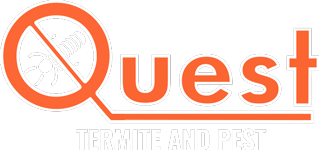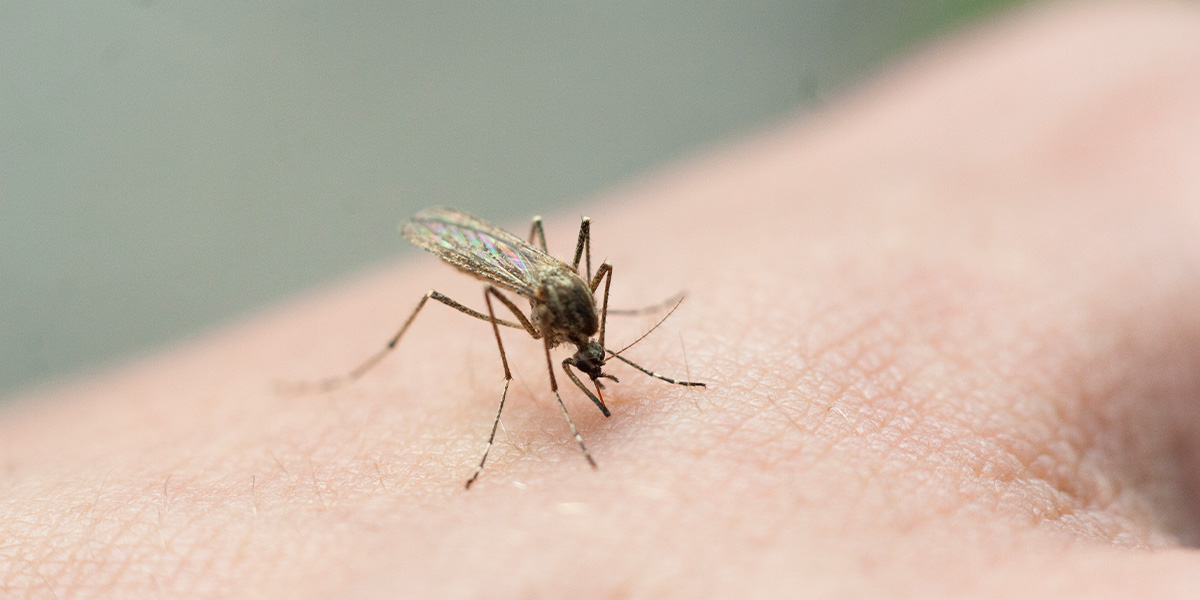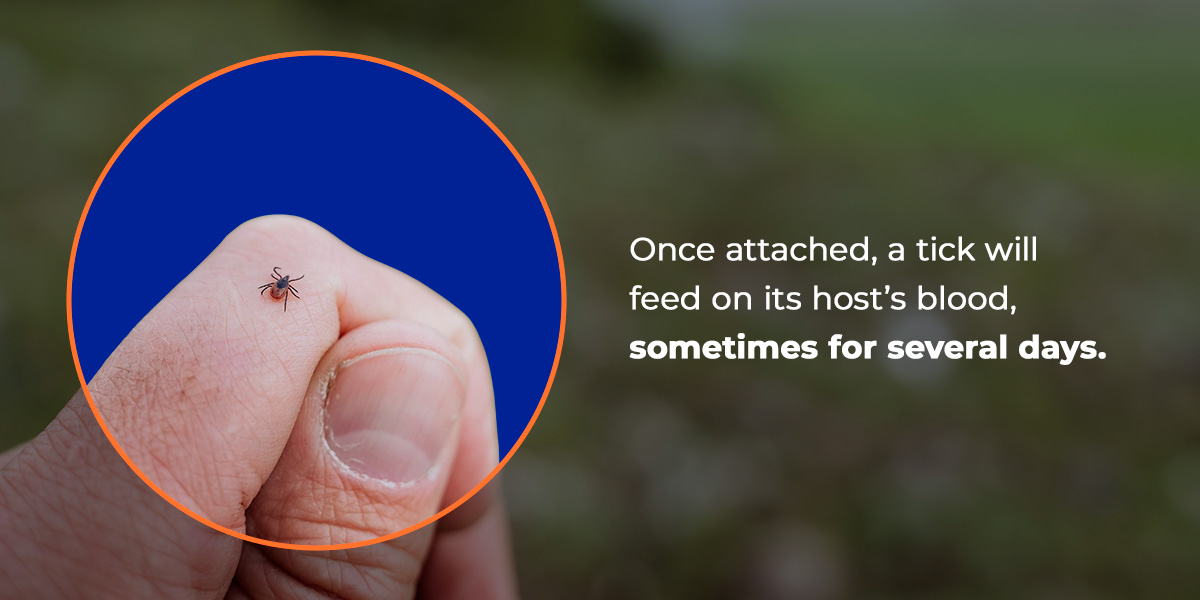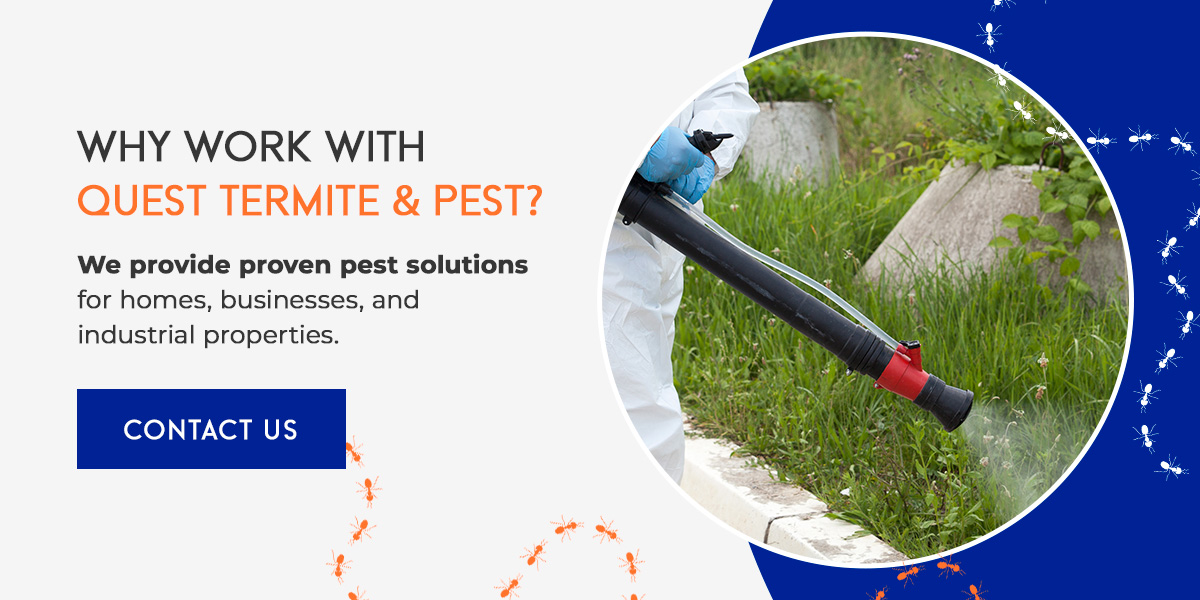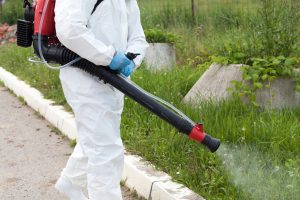Mosquitoes and ticks can cause health problems for your family and pets, but you can keep your loved ones safe if you understand how they spread illnesses.
These two insects can pass viruses, bacteria, and other germs to healthy people and animals after biting someone or something that’s already infected. This way of spreading disease from one living thing to another is called vector-borne transmission. It’s one of the main ways people and animals get sick with serious illnesses like Lyme disease, malaria, yellow fever, Ehrlichiosis, and other diseases spread by ticks and mosquitoes.
How Do Mosquito-Borne Diseases Spread?
Understanding how mosquitoes spread disease starts with knowing how they grow. These insects go through four stages — egg, larva, pupa, and adult — usually within a few weeks. The first three happen in water and usually take about a week or two. The adults are what you see flying around and biting.
Female mosquitoes need blood protein to develop their eggs, making humans and animals prime feeding targets. If a mosquito bites someone who’s already carrying a virus or parasite, it can pick up those germs and pass them along the next time it bites someone else.
What Are the Most Common Diseases Caused by Mosquitoes?
The most common mosquito-borne diseases include the following.
Zika Virus
Most Zika virus patients never even realize they’re infected. When symptoms do appear, they typically include:
- Mild fever
- Joint pain
- Conjunctivitis (red eyes)
- Rash
- Headache
- Muscle aches
Serious complications are rare, but in some cases, Zika can lead to Guillain-Barré syndrome. This condition affects the nervous system. In addition, the virus is a big concern for pregnant women. Zika infection during pregnancy can cause congenital disabilities in the baby, especially brain and eye problems like microcephaly (a smaller-than-normal head).
Protecting yourself from mosquito bites is the best way to avoid infection, especially in areas where the virus is known to spread. However, it’s important to know that the virus can also be spread through sex, so using protection or avoiding sexual activity during and after travel to affected areas is recommended.
West Nile Virus
Most people with West Nile virus don’t feel sick, but it can cause fever, headaches, body aches, or a skin rash for some. These symptoms usually go away on their own. In rare cases, the illness becomes more serious. It can affect the brain or spinal cord, causing meningitis or encephalitis, which can lead to long-term health problems or even death.
There’s no vaccine or cure for West Nile virus, so prevention is crucial. Use mosquito repellent, wear long clothes in the evenings, and remove standing water around your home. These simple steps go a long way in protecting yourself and those around you.
Malaria
Malaria is still one of the most common mosquito-borne illnesses in the world, affecting millions of people every year. Out of this large number, approximately 2,000 cases are reported yearly in the U.S. Most of these cases are from people who traveled to Africa, Asia, or South America, where the disease is common.
Unlike other mosquito-borne diseases, malaria is caused by a parasite and spread specifically by female Anopheles mosquitoes, which are active primarily at night.
Talk to a healthcare provider before taking a trip to areas where malaria is common. They can prescribe medicine to prevent malaria and offer advice that will help you and your loved ones remain safe for the duration of your trip.
Yellow Fever
Mosquitoes that carry yellow fever usually bite during the daytime. If someone gets infected, symptoms like muscle pain, fever, nausea, loss of appetite, headache, or vomiting can appear in about three to six days. These symptoms usually go away after three to four days.
However, some people may have a high fever again within 24 hours of feeling better. This second phase can damage organs like the liver and kidneys. It may be deadly, as there’s no specific treatment for yellow fever. Fortunately, a single dose of vaccine can protect you and your loved ones for life.
How Do Tick-Borne Diseases Spread?
Ticks are sneakier than mosquitoes because they don’t fly. Instead, they cling to grass, shrubs, and other vegetation, wait for a host to walk by, and then latch on. Once attached, a tick will feed on its host’s blood, sometimes for several days. Ticks also go through four stages — egg, larva, nymph, and adult. Nymphs are about the size of a pinhead, and they can bite and transmit diseases.
The longer a tick stays latched on, the more likely it is to transmit pathogens into the host’s bloodstream, so removing the tick as soon as possible is the best way to avoid getting infected.
What Are the Most Common Tick-Borne Illnesses in Humans and Animals?
Ticks transmit a variety of diseases to both animals and human beings. Here are some of the most common ones.
Lyme Disease
Lyme disease is spread by ticks, not mosquitoes. You can contract Lyme disease if a tick carrying the bacterium Borrelia burgdorferi bites you. It is the most common tick-borne disease in the U.S., and Pennsylvania often reports the highest number of cases. It’s a common misconception that mosquitoes can transmit Lyme disease, but this is not the case. Lyme disease can only be transmitted from the bite of an infected tick.
Lyme disease often presents with symptoms like:
- A rash that looks like a bull’s-eye
- Joint and muscle pain
- Fatigue
- Fever
- Headache
What ticks carry Lyme disease? The blacklegged tick, which is prevalent in the eastern and Midwestern regions of the U.S., carries Lyme disease. In the western U.S., the western blacklegged tick is the primary carrier. Contact your doctor immediately if you notice these symptoms after visiting a place where these ticks are likely to be.
Rocky Mountain Spotted Fever (RMSF)
Despite its name, this disease can occur anywhere in the U.S., not just in the Rocky Mountains. Caused by a bacterium called Rickettsia rickettsii, this illness is usually spread by the bite of several tick species, including the American dog tick, the Rocky Mountain wood tick, and the brown dog tick.
Most people who get sick with RMSF will have a fever, headache, and a rash, which usually develops two to four days after the fever begins. If you notice these symptoms, your healthcare provider will immediately start treatment with doxycycline since blood test results to confirm the disease can take weeks.
Ehrlichiosis
Ehrlichiosis is another tick disease, mainly from Lone Star and blacklegged ticks. Most people infected with this disease think they’ve caught a bad flu because symptoms include:
- Chills
- Fever
- Muscle aches
- Headaches
- Upset stomach
The flu-like symptoms make this illness easy to miss. That’s why getting checked out early is your best move after a potential tick exposure.
How Can You Protect Yourself From Mosquitoes and Ticks?
The best defense against these disease carriers is avoiding bites altogether. Take these proactive steps before heading outdoors:
- Wear long sleeves and pants.
- Apply insect repellents approved by the EPA.
- Stay on clear trails instead of walking through tall grass or bushes.
- Tuck your pants into your socks to prevent ticks from getting into your pant legs.
- Once home, do a full-body tick check on yourself, your kids, and your pets.
Your yard can also attract ticks and mosquitoes without you even knowing it. Things you can do to reduce their numbers include:
- Get rid of standing water, like buckets, bird baths, or gutters.
- Keep your grass short and remove leaf piles.
- Put up barriers between wooded areas and your lawn
- Install screens on windows and doors
If you’ve tried the methods above but still have mosquitoes or ticks on your property, contact the Quest Termite & Pest team for expert pest control in outdoor spaces.
Why Work With Quest Termite & Pest?
Quest Termite & Pest is a local, family-owned company that offers a variety of pest control solutions for residents in Lehigh, Northampton County, and surrounding areas in Pennsylvania. With multiple Quality Service Awards backing our expertise, we provide proven pest solutions for homes, businesses, and industrial properties.
We offer free pest inspections so you can understand what bugs you’re dealing with before settling on a suitable solution. Contact our team today to schedule a service.

